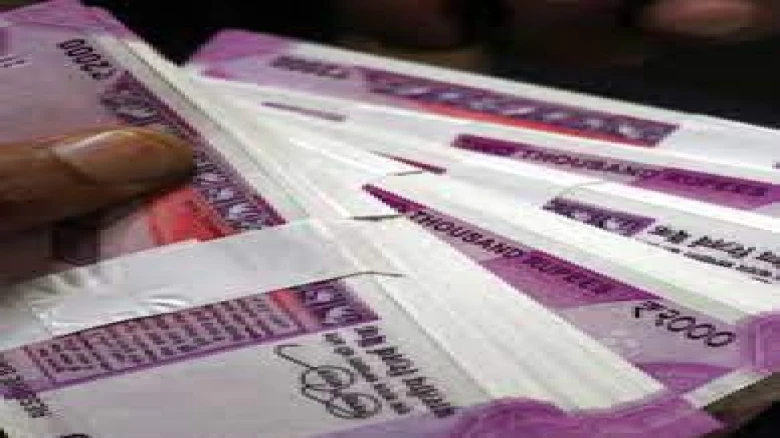Banks were required to pass along the rate to borrowers each time the RBI increased the repo rate.
Digital Desk: Over the past year, the cost of housing loans has increased, dramatically increasing the monthly burden of EMIs on borrowers. This is due to multiple bank increases in the interest rates that apply to house loans since May 2022.
Due to loose monetary policy across the globe during the Covid-19 epidemic, housing loan interest rates remained relatively low for two years. However, as the pandemic-driven global economic slowdown began to reverse itself in 2022, central banks began to significantly tighten monetary policy to contain a sharp spike in inflation.
The Reserve Bank of India (RBI) was forced to tighten its monetary policy as a result of raising key rates. Since May 2022, the RBI has increased the benchmark interest rates six times in succession. This has opened the door for commercial banks and nonbank financial companies to raise borrowing costs, particularly for mortgages.
The repo rate, or the rate at which the RBI loans to commercial banks, has increased by 250 basis points in less than a year from its April 2022 low of 4%. The repo rate increased to 6.5% following the RBI's most recent policy review.
Banks were required to pass along the rate to borrowers each time the RBI increased the repo rate. As a result, those who took out home loans with floating interest rates saw a five- to six-fold increase in their monthly EMIs.
A house loan with a floating interest rate is synchronised with the market interest rate, in this case, the repo rate, and is based on a lender's benchmark rate. Therefore, someone who took out a loan at a 6.5% interest rate is presumably paying more than 9%. Some people may be paying much more if they have poorer credit ratings.
When the RBI increased the repo rate by 25 basis points, or 0.25 percent, in its February 2023 policy review, experts predicted that, depending on the loan's duration, EMIs on housing loans would rise by about 2-4 percent. This leaves borrowers of house loans with two options: either extend the EMI tenure or pay more money upfront to pay off the loans.
Extending the term may no longer be a realistic option for lenders, though, with house loan interest rates currently over 9%. As a result of the rate increases, a borrower may be required to make greater EMI payments on their house loans in this situation.
Home loan EMIs may increase again in April.
When the RBI conducts its subsequent monetary policy review in April 2023, home loan EMIs may rise higher. This is due to RBI Governor Shaktikanta Das's declaration that the bank will continue to monitor changing inflation trends, leaving the door open for additional rate increases in the future.
Given that retail inflation soared to a three-month high of 6.52 percent in January, several analysts predict that the RBI may raise interest rates again in April. There is a strong argument, according to analysts at two international brokerages, for the RBI to announce another 25 basis point rate hike in April. This is due to the January inflation rate exceeding the RBI's maximum tolerance band of 6%.
This might force the RBI to raise key rates even more, which would directly affect monthly payments for mortgages.

Leave A Comment